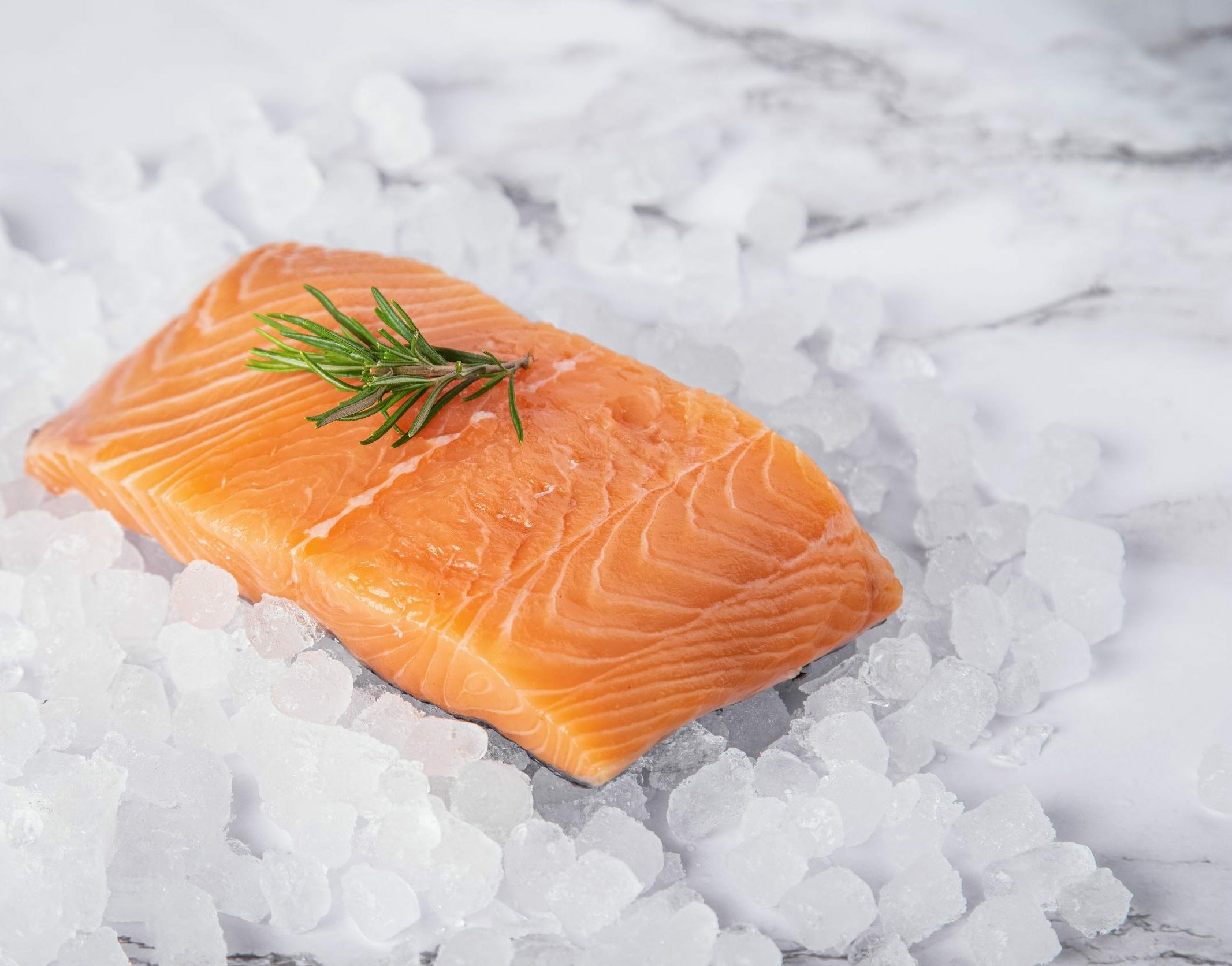Refrigeration is a very important invention in the history of food storage and distribution. With ever-expanding populations and food distributors being required to distribute food across great distances, refrigeration has become crucial for transporting food. Colder temperatures prevent microorganisms from multiplying, allowing food to remain fresher for longer. It also comes with the benefit of generally preserving the food’s appearance when compared to other preservation methods.
Refrigeration was integral in early human society for its preserving effects. While it was mainly used for storing food and was pretty primitive by today’s standards, it is good to pay respects to the foundations that we thrive upon today.
Where it all began…
In some parts of the world, temperatures were so low that leaving food out in the snow was found to keep it fresh the next day. Once this was discovered, even warmer civilisations would be able to make use of this by harvesting ice. It would then be placed in an insulated building called an “ice house”. This would cool down any food placed in it.
On the other side, the Ancient Egyptians would barely see any ice if any at all. What they did was moisten jars with hot water and leave it out overnight. The evaporation of the water would cool down the contents of the jar. Victorians placed food in the coldest parts of the house underground. At times, these pantries and cellars would be located near streams. The trickling water would cool down the room.
However, it was not uncommon to die of “summer complaint” due to food spoilage during the warmer seasons. The lack of natural refrigeration at times drove the invention of artificial refrigeration.
Ice houses became ice boxes. These were created by carpenters to store ice inside homes. Think of it as a wooden fridge. The ice was covered in salt and wrapped in insulated flannels to keep it frozen for long periods of time. Drip pans collected the melted ice and had to be emptied every day. Thomas Moore patented this and called it a “refrigeratory”. It would only be later on that the word “refrigerator” would come into common usage.
Ships would transport ice from England to the Carribeans and wagons carried large blocks of ice in ice boxes and distributed it to the townspeople. Families would hack pieces of ice off each day. As insulation technology improved, ice could be transported more efficiently.
The turning point…
The first form of artificial refrigeration was invented by William Cullen. He showed that rapid heating of a liquid into a gas resulted in cooling (much like what the Ancient Egyptians did) and this is the basic principle modern refrigerators are based on. While Cullen would not realise his idea, future minds were greatly inspired by his work.
Natural ice posed health problems and pressured sewage systems so the need for artificial refrigeration grew. Carl von Linde patented the process of liquefying gas that paved the way for mechanical refrigeration using ammonia gas. The early 1800s brought about the first effective commercial refrigeration unit in custom railcars. These railcars used ice and ventilation to keep food cool, allowing it to be transported across massive distances along the train tracks. Instead of ammonia, sulfur dioxide was used as a coolant, but the usage of ice still posed health risks.
Unfortunately, leakages in refrigeration systems sometimes caused ammonia and sulfur dioxide poisoning. Clearly, even mechanical refrigerators posed health risks. Frigidaire discovered a new class of synthetic refrigerants called CFCs. Companies overhauled their manufacturing process to include these new compounds, including “Freon”.
Fredrick McKinley Jones invented the first refrigeration unit which allowed mobile refrigeration to take the stage. With mobile refrigeration being utilised in trucks that carried perishable goods, the food distribution industry entered a new era.
And here we are today…
Subsequent improvements to refrigeration technology have made it very precise and reliable. Not only have insulation materials improved, but the ability to fine tune temperatures both remotely and autonomously has allowed distributors to transport perishable goods with ease. Smart locks on trucks provide even more insulation.
Modern refrigeration still poses problems as we attempt to move away from Freon. As it turns out, Freon is very harmful to the ozone layer. With the green movement advocating for more environmentally safe processes and digital integration becoming more complex, there is probably still more to refrigeration technology than we think.











